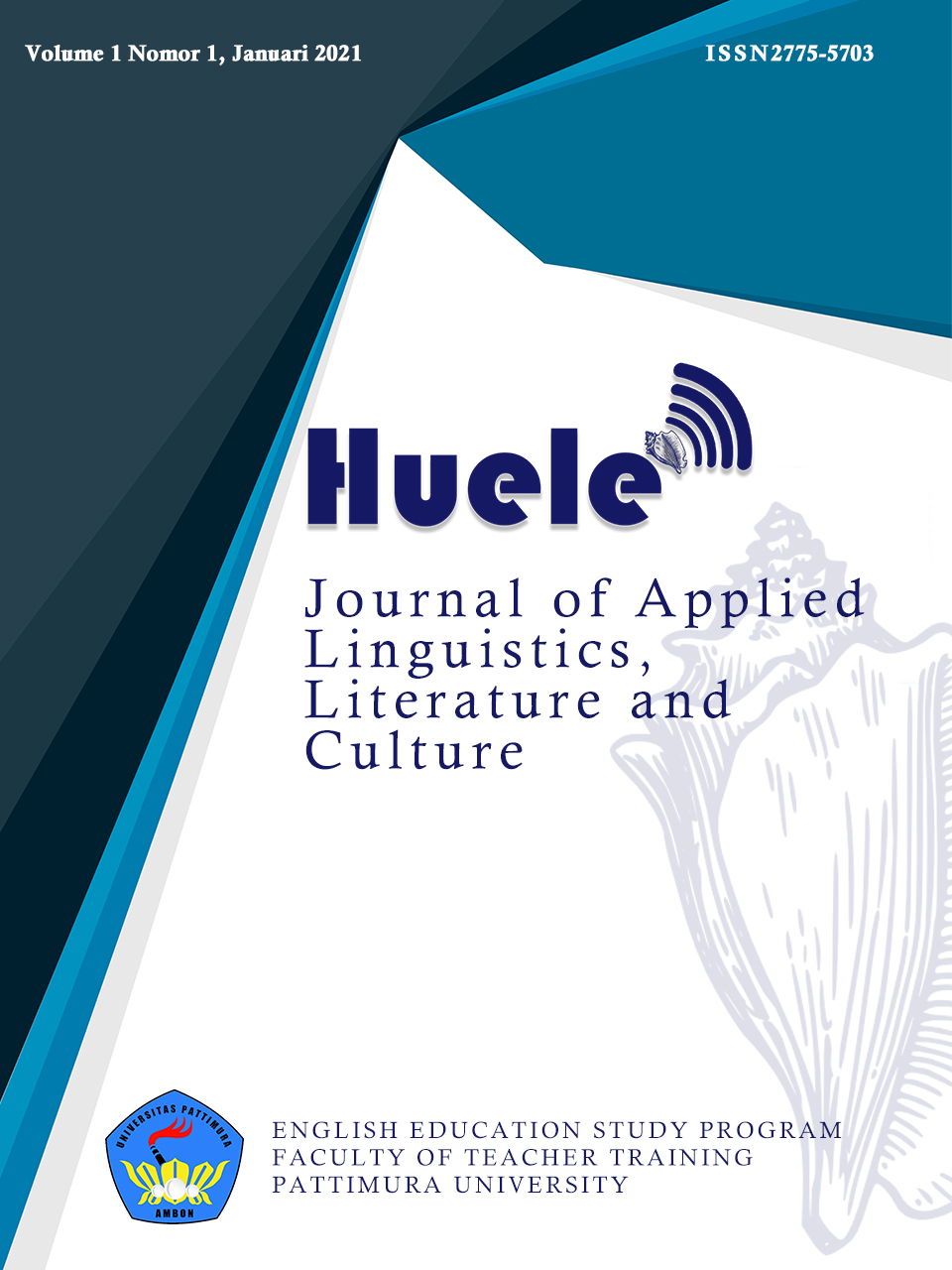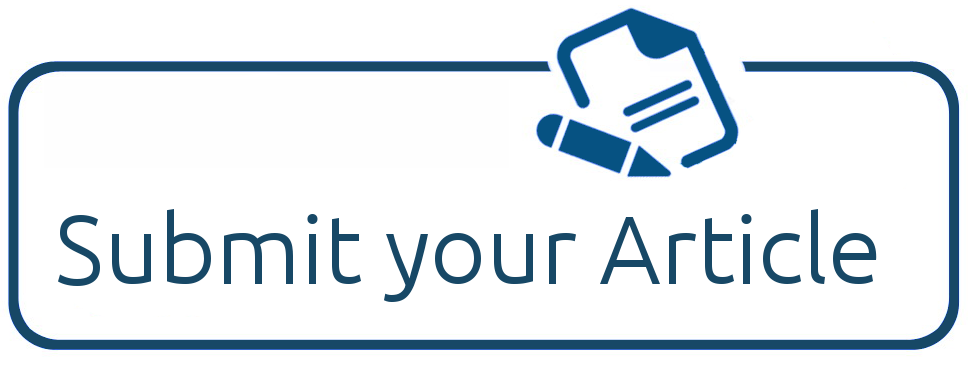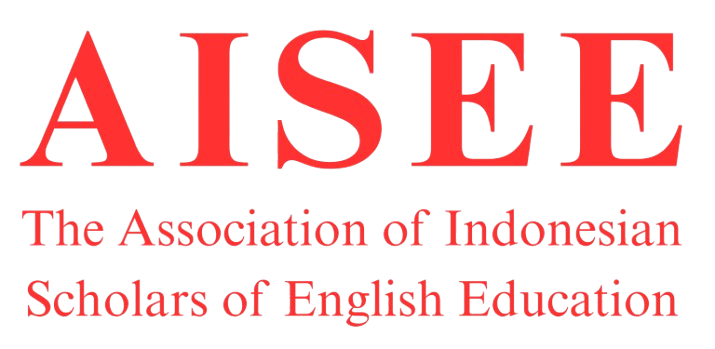Code-Switching on Advertisement: A Case of Food Advertisements in Indonesia
Abstract
Code-switching is a natural linguistic phenomenon for individuals who understand and use two or more languages interchangeably. Grosjean (2010) argues that code-switching will likely occur to bilingual speakers’ speech. Hoffman (1991) confirms that a code-switching is a form of speech creativity of bilinguals. Recently, studies have shown that code-switching is also found on TV commercials in some multilingual countries. In Indonesia alone, Da Silva (2014) has investigated the frequency of English words in Indonesian TV advertisements and Sintya’s (2017) study also disseminated products whose advertisements were Indonesian-English code-switching. The present study further explored particular ads, food products for code-switching, and the types of code-switching used. The findings revealed Indonesian-English switches and demonstrated intra-sentential switching as the dominantly used switch in the advertisements. The study proposed to investigate the public perspective on such code-switching and the impacts towards the public interest of purchasing the products. Lastly, the author finds it important to view the
Downloads
Copyright (c) 2021 Eugenie Mainake

This work is licensed under a Creative Commons Attribution-NonCommercial-ShareAlike 4.0 International License.







